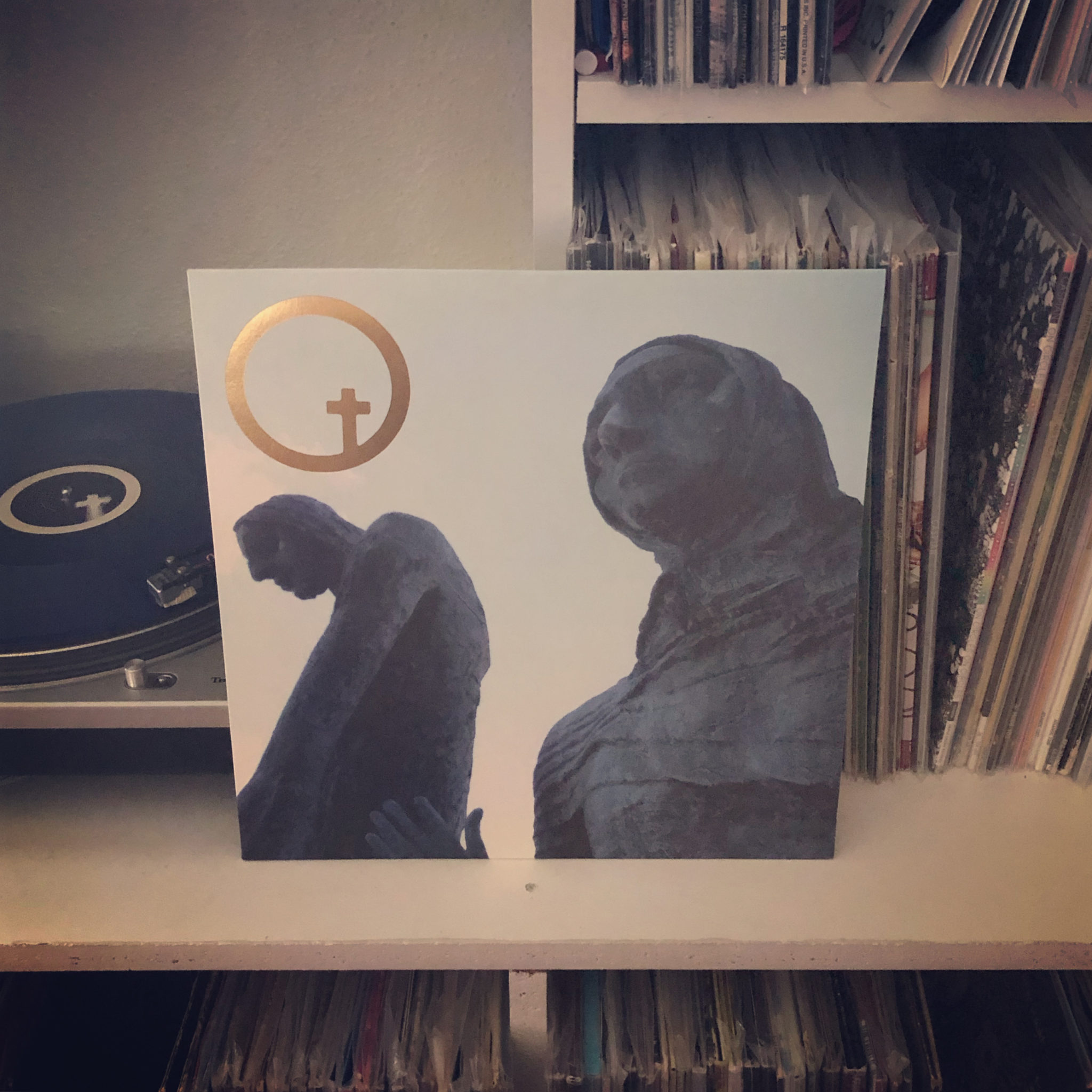
Given the deep nostalgic ties in the shoegaze, dream pop, new wave, and post punk revivals, it’s little wonder that there’s a fair amount of crossover between them. Hundredth’s RARE drew as much inspiration from New Order as Slowdive. Metallic genre benders like Deftones and Deafheaven have looked to The Cure as much as My Bloody Valentine.
And so, when noted shoegaze revivalists Nothing trade their fuzz pedals for synths and do their best Joy Division impressions, it shouldn’t come as much as a surprise.
(And to be clear, that isn’t an insult).
Death of Lovers is a supergroup of sorts, featuring members of Nothing, Whirr, and Deafheaven—except that apart from Nothing, those “members” are one man: Nick Bassett. While most of those bands’ otherworldly guitar tones have usually created gauzy walls of noise, there’s little of that womblike, aural assault here.
There are spikes of guitar fuzz here and there, but for the most part, this is dark new wave (or dark wave or cold wave or whatever you want to call it) at its most Platonic Ideal. Warlike drums, moody bass lines, disaffected vocals, and cold synthesizers are par for the course. And no modicum of hope is to be found across the entire record. This is a capital-G Gloomy album.
“Cold Heaven” opens the record with an urgent pace and a desperate angst. It’s a passionate plea, but it goes unanswered. “Shaken” slows way down, as if there isn’t even a point in crying out. It plays at almost half the pace of the opener, languishing under a blanket of synths and clean ambient guitars.
The B-side has a similar pattern. “Buried Under A World of Roses” is more rapid, guitars shifting from ambient harmonics reminiscent of U2’s early material to sheets of fuzz. “The Blue of Noon” wraps the vocals in layers of echo and buries them under a plodding bass line and glistening guitars and synths. There’s even a few Cure-like chime sweeps!
While this sort of dour, gothic new wave is nothing new, it’s been a while since I’ve found a band that plays it this earnestly. This isn’t just Joy Division and Cure influence—this is JD&C worship, and Death of Lovers is nothing if not devout.